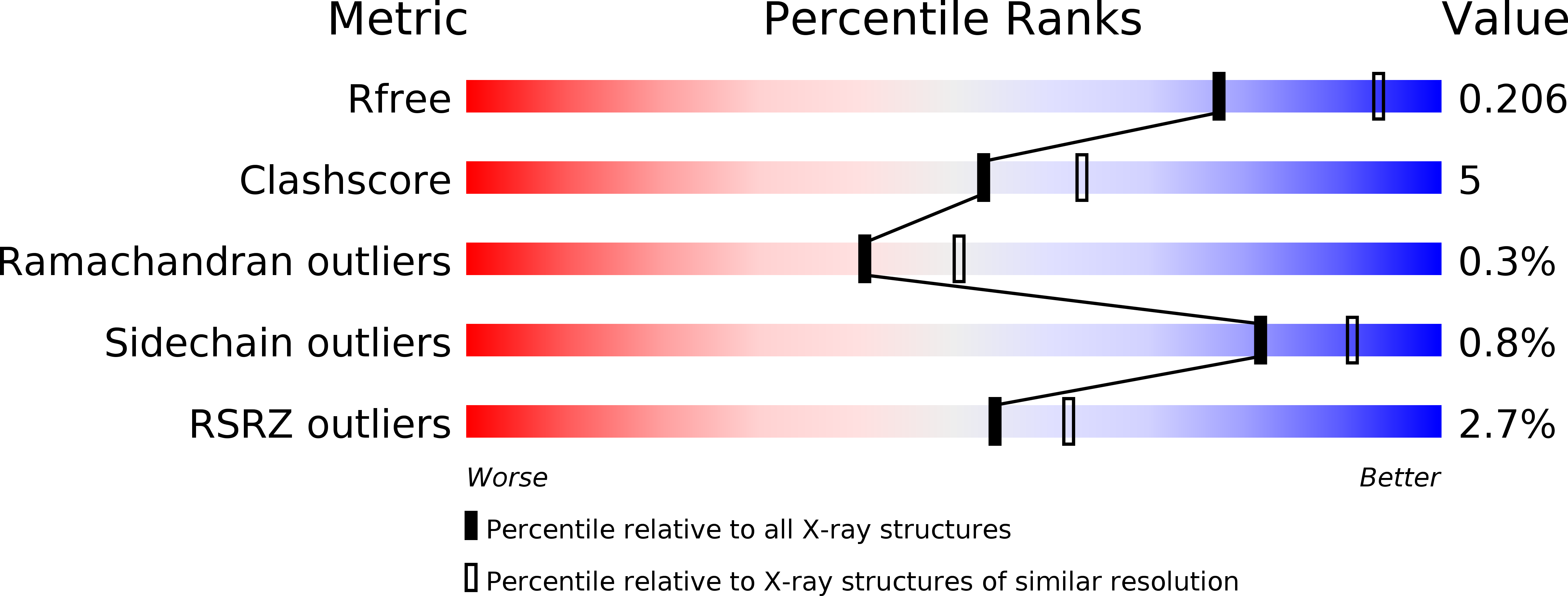
Deposition Date
2011-12-14
Release Date
2012-05-16
Last Version Date
2024-02-28
Entry Detail
PDB ID:
3V3T
Keywords:
Title:
Crystal structure of Clostridium botulinum phage c-st TubZ
Biological Source:
Source Organism:
Clostridium botulinum C (Taxon ID: 929505)
Host Organism:
Method Details:
Experimental Method:
Resolution:
2.30 Å
R-Value Free:
0.21
R-Value Work:
0.16
R-Value Observed:
0.16
Space Group:
C 1 2 1


